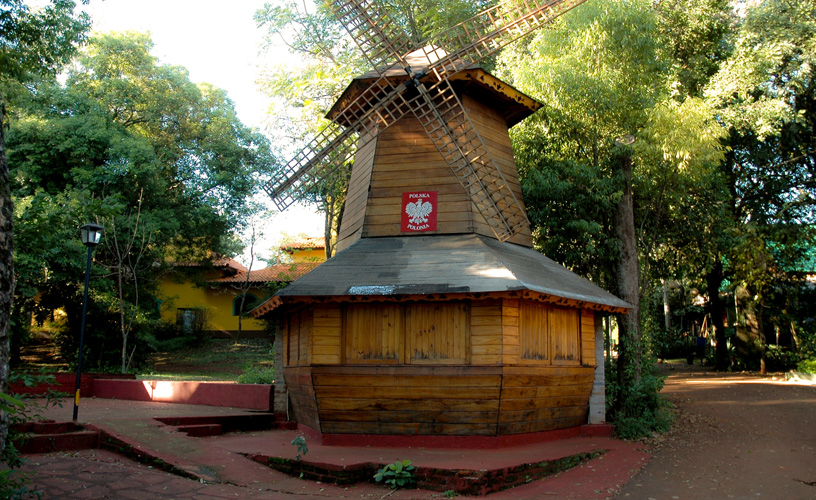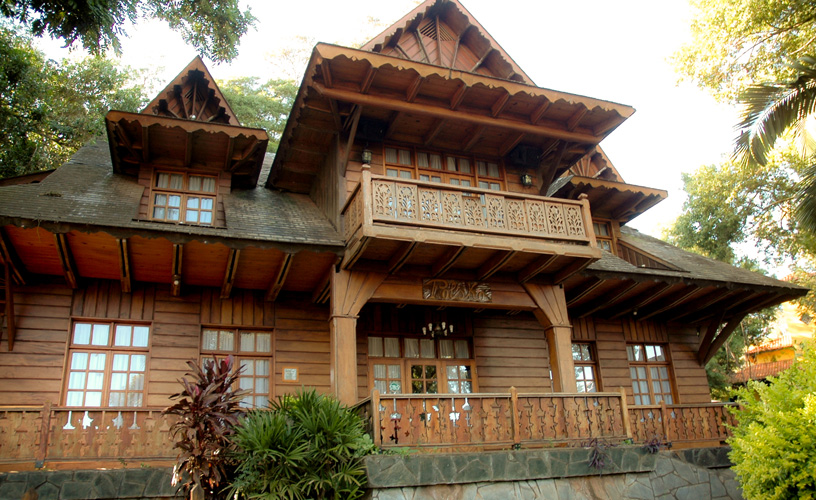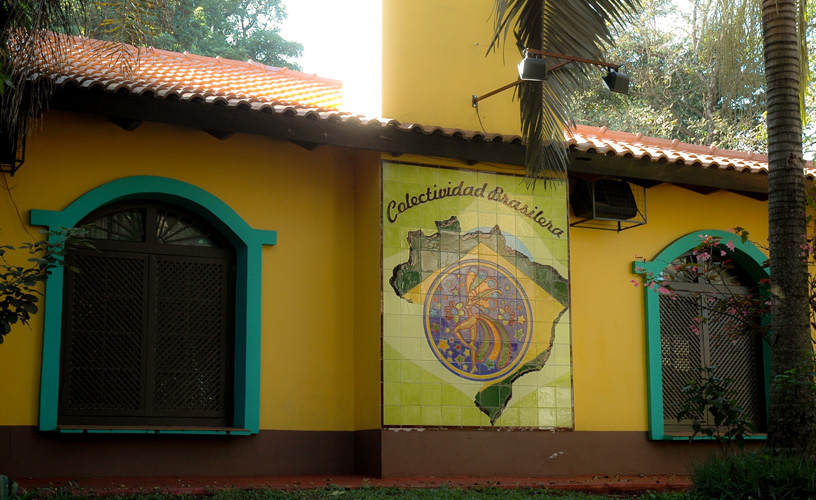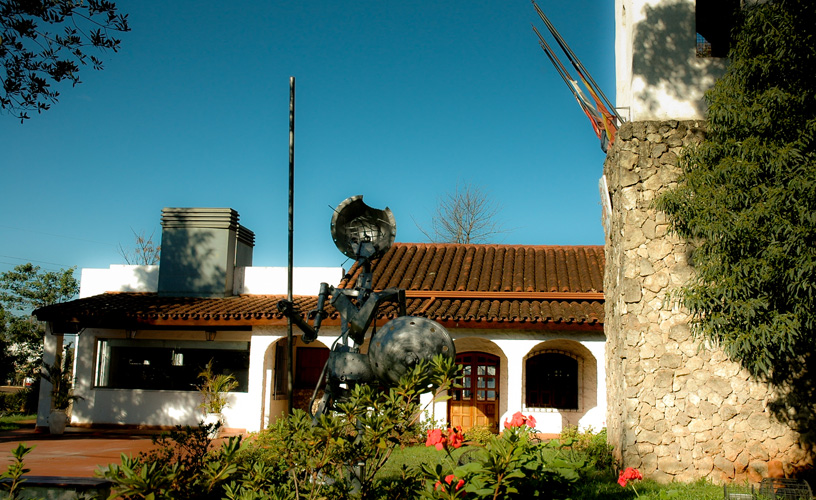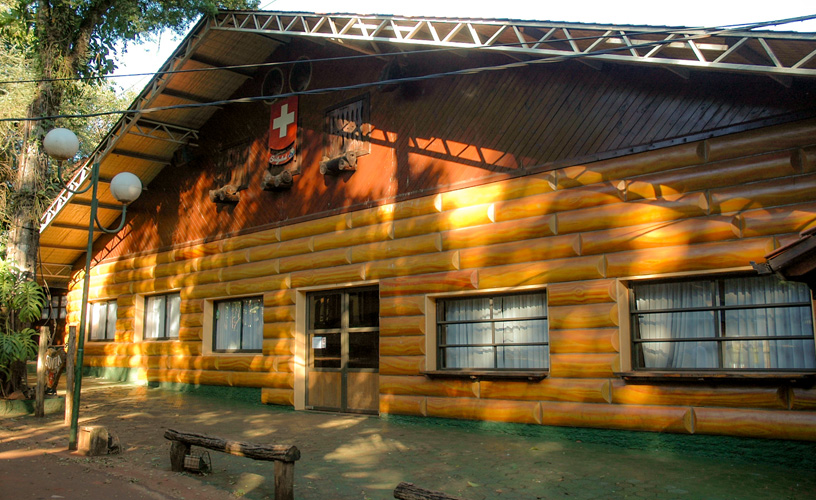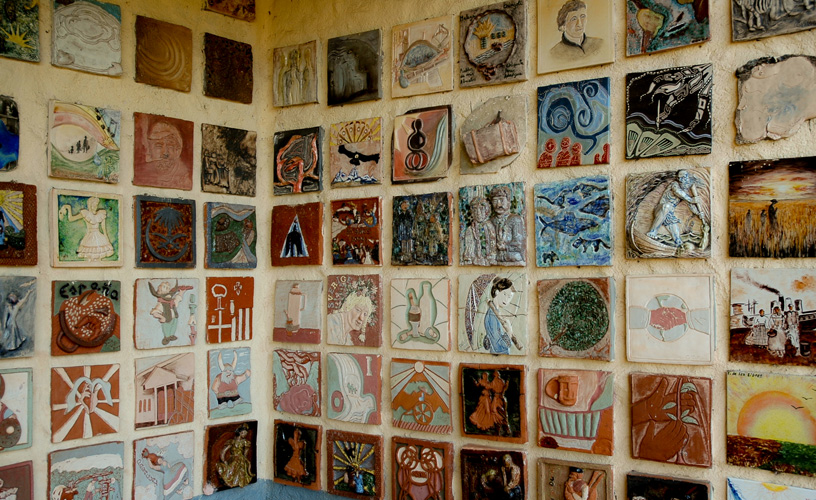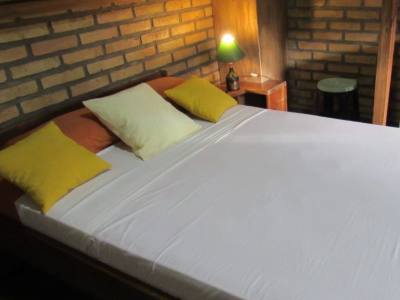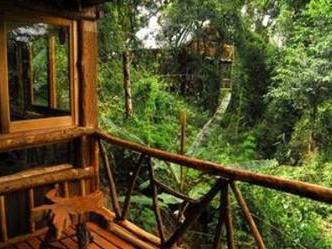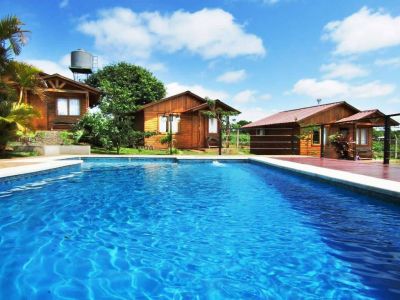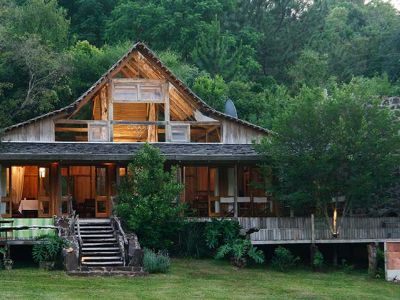Just by asking around, visitors will learn where the famous Parque de las Naciones is located. Year after year, the fourteen communities that make up most of the society of Oberá gathers up at this venue in order to celebrate the Immigrant National Festival during the first fortnight of September. Like few locations in Argentina, Oberá has welcomed the most varied nationalities and ethnic groups. Such diversity has brought about an extraordinary cultural enrichment and exemplary cohabitation standards. The typical houses of each community are raised inside the venue, which occupies ten hectares and is refurbished every year before the festival. Likewise, the Federation of Communities and the Municipal Historical and Natural Science Museum buildings are situated in the same locale.
Visit to Parque de las Naciones
Besides housing the festival, this place is part of the daily life of Oberá. Both grown-ups and children get together at this park to play football, walk or just have a nice conversation under some shady tree while tasting delicious Tereré.
The architecture of the various houses belonging to each community is outstanding. There is one for each nationality: German, Arabian, Brazilian, Spanish, French, Italian, Japanese, Nordic (Danish, Finnish, Icelandic, Norwegian and Swedish), Paraguayan, Polish, Russian, Swiss and Ukrainian, along with the Argentinian hosts. Each of them has a distinction that makes them unique.
Following the inner path, we reached the Municipal Historical and Natural Science Museum to see the objects on display.
The museum features three rooms. One is devoted to the roots from Misiones and it features various photographs, rocks and handicrafts made with wicker by the first dwellers in the area: the guaraníes.
Pablo Etchevers
Pablo Etchevers
